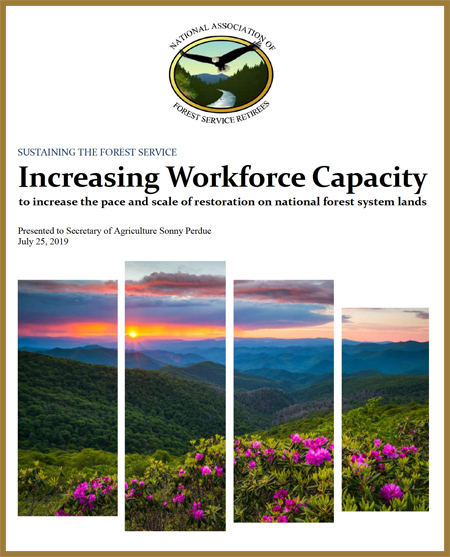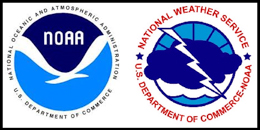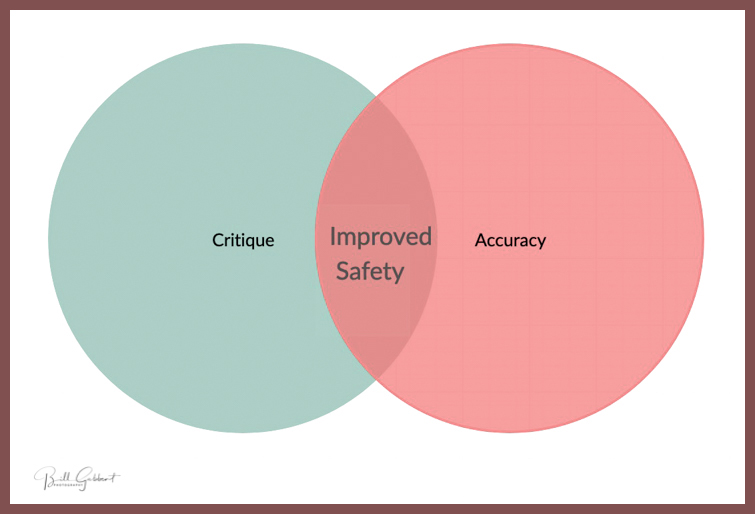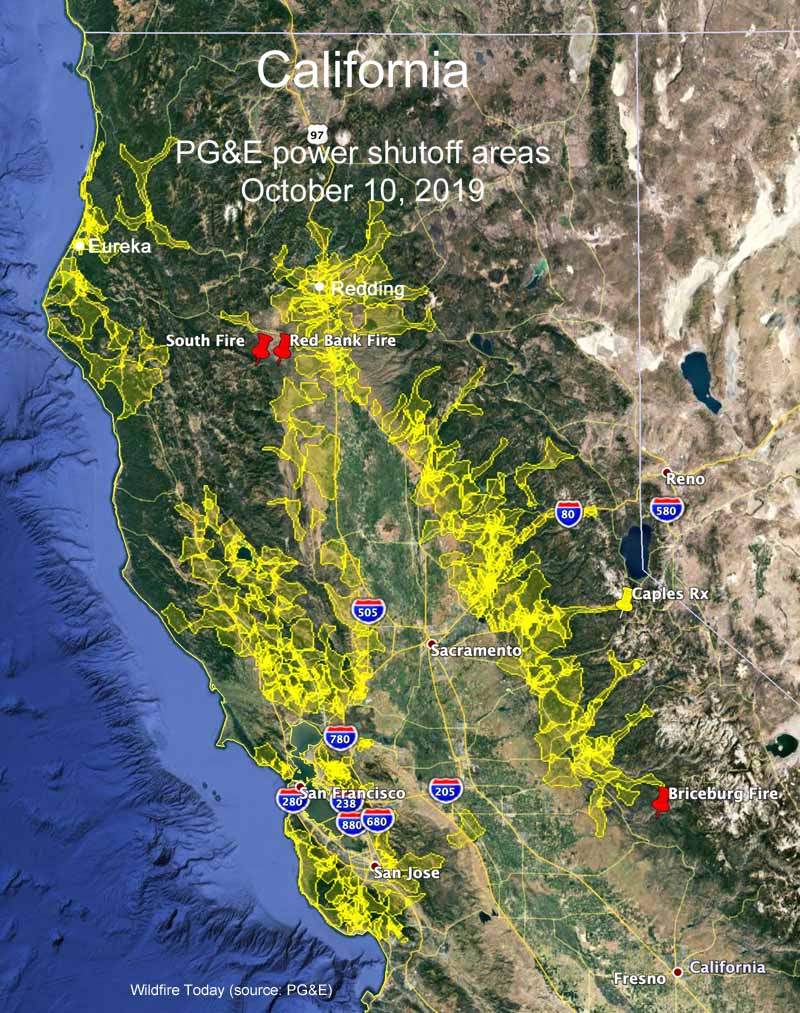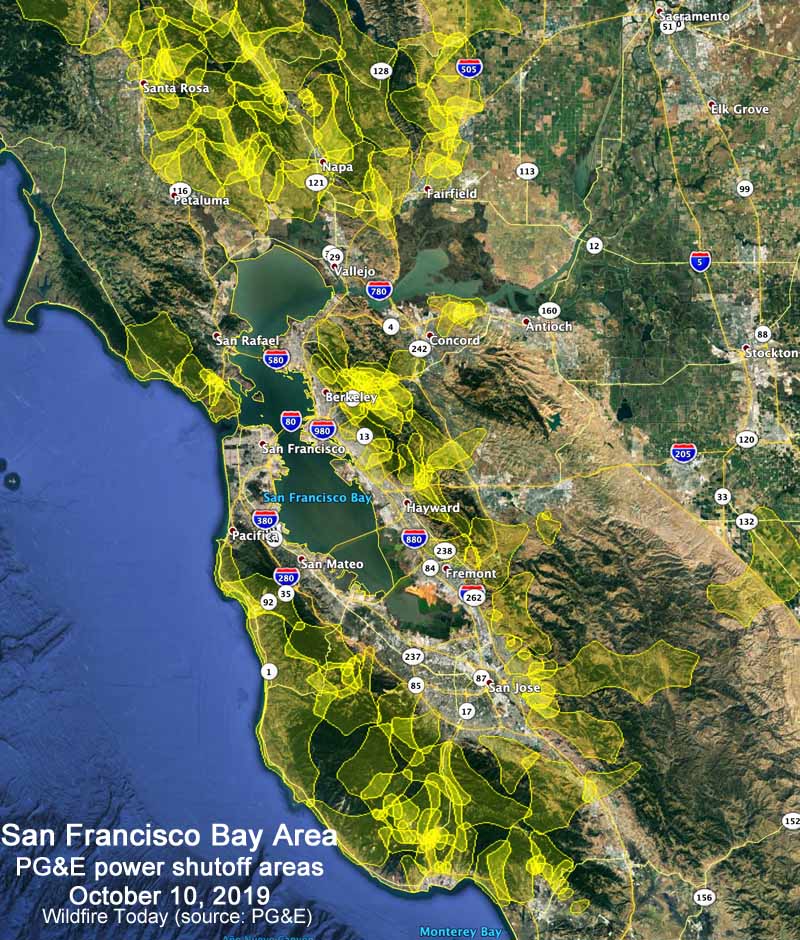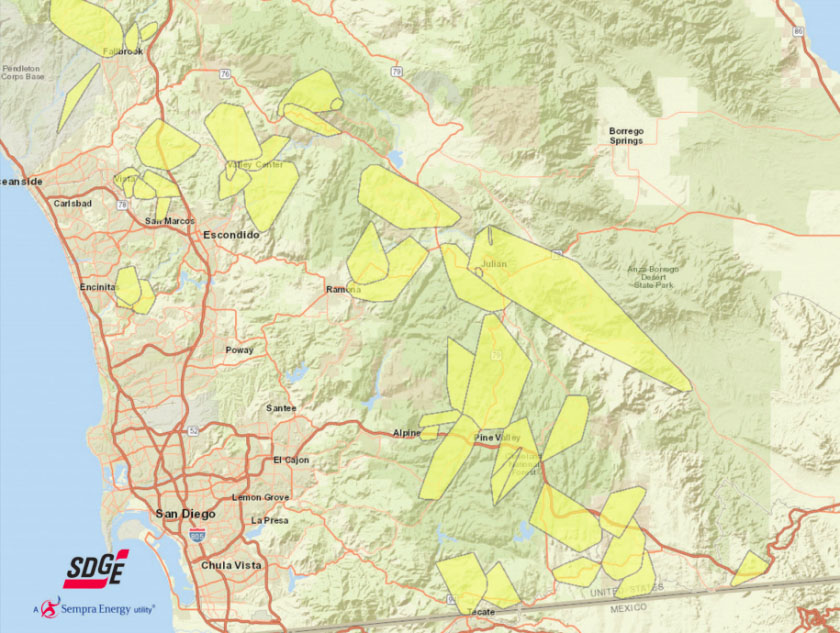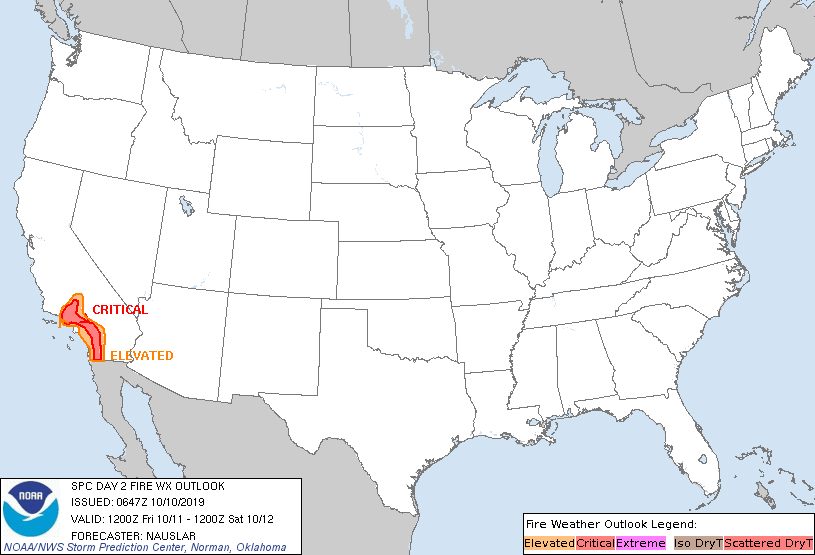The National Association of Forest Service Retirees (NAFSR) conducted an analysis of the capacity of the Forest Service’s workforce. They looked at the existing characteristics of the agency and conducted lengthy interviews with 33 employees in all nine regions.
Topics covered in the interviews:
- Leadership, culture, and direction,
- Workforce capacity,
- Consolidation and zoning,
- On the ground management, and,
- Partnerships.
The recommendations of the NAFSR:
- Hire employees with skill sets necessary to increase the pace and scale of forest restoration.
- Totally revamp the hiring process, streamlining procedures, removing all roadblocks and restoring connections with field units.
- Eliminate unnecessary administrative burdens.
- Increase funding to hire new employees, contract work and enter into partnerships.
- Delegate authority to field units.
- Implement all actions previously suggested by NAFSR, including administrative reforms and the 2021 budget initiative.
You can download the cover letter (.docx file) the group sent to Secretary of Agriculture Sonny Perdue, as well as the 11-page report (.pdf file). The documents are intended to be shared with anyone who has an interest.
Thanks and a tip of the hat go out to Dick. Typos or errors, report them HERE.

